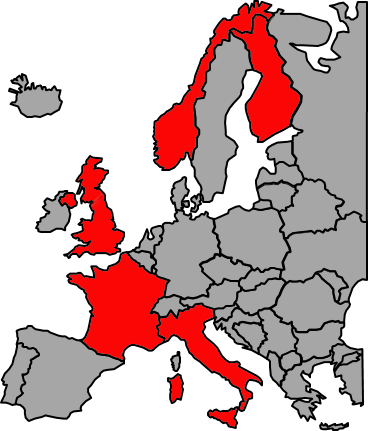Forecasting future socio-economic inequalities in longevity: the impact of lifestyle ‘epidemics’

Important undesirable and unjust differences in longevity between socio-economic groups exist. In Europe and the United States, differences in life expectancy between poor and rich people, and between the least and the most educated, currently amount to 3-10 years. Despite efforts to reduce these socio-economic longevity inequalities, they have generally widened in European countries in recent decades. This recent increase in socio-economic longevity inequalities in modern welfare states has puzzled researchers in the field of socio-economic health inequalities, and has raised concerns about how these inequalities will develop in the future, and about how responsive socio-economic longevity inequalities are to policy measures. However, little attention has been devoted to predicting future socio-economic longevity inequalities, or to assessing the likely impact of (health) policy measures on these future developments. Moreover, our understanding of the determinants of past trends in socio-economic longevity inequalities is currently insufficient to fully grasp these trends and to accurately predict them.

Lifestyle is known to contribute substantially to socio-economic mortality inequalities. Smoking, obesity, and excessive alcohol consumption are not only the most important preventable risk factors of mortality in Europe, their prevalence and associated mortality are currently higher among people with low than with high socio-economic position. However, the distinct time dynamic of lifestyle factors has been largely neglected. Lifestyle factors generally developed over time as wave-shaped epidemics, with their prevalence and associated mortality increasing strongly, and then (eventually) declining. The smoking, obesity, and alcohol ‘epidemics’ occurred relatively late among those with low socio-economic status, but their effects on members of this group were greater. The differential timing and impact of the wave-shaped smoking, obesity, and alcohol ‘epidemics’ on socio-economic groups indicate that future trends in socio-economic longevity inequalities will not be simple continuations of past trends.

The FUTURE LONGEVITY INEQUALITIES project aims to estimate future socio-economic longevity inequalities in Europe, thereby integrating to-be-generated knowledge into the impact of lifestyle ‘epidemics’ on past trends in socio-economic longevity inequalities, and into the responsiveness of socio-economic longevity inequalities to policy measures. For this purpose, a novel dynamic and cross-national approach will be applied to long-term mortality data by educational level for Finland, France, Italy, Norway, and the United Kingdom. And in addition, advanced models for forecasting longevity inequalities and for forecasting mortality will be developed. The project will advance knowledge on both socio-economic longevity inequalities and future longevity; contribute to evidence-based priority-setting by policymakers aiming to reduce socio-economic longevity inequalities; improve the practice of mortality forecasting; and contribute to societal and political debates on health inequalities, future longevity and healthy ageing.